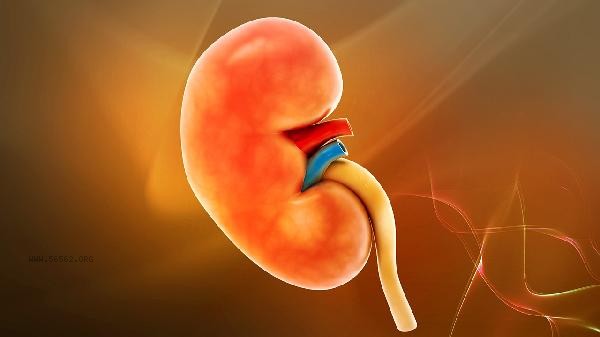Hypospadias in females is a disease of abnormal urethral development that typically requires surgical treatment. The goal of treatment is to restore the normal structure and function of the urethra and improve urinary problems. The treatment methods include urethroplasty, urethral reconstruction, and urethral lengthening, etc. The specific surgical approach needs to be determined by the doctor according to individual circumstances.

1. Genetic factors: Female hypospadias may be related to genetics, and some patients have a family history. Genetic mutations or chromosomal abnormalities may lead to underdeveloped urethra. For women with a family history, it is recommended to undergo relevant genetic testing during pregnancy for early detection and intervention.
2. environmental factors: Exposure to certain chemicals or radiation during pregnancy may increase the risk of fetal hypospadias. Pregnant women should avoid exposure to harmful substances such as pesticides, heavy metals, etc., while maintaining good lifestyle habits such as quitting smoking and drinking to reduce adverse effects on the fetus.
3. physiological factors: During the development of the fetus in the uterus, if the urethra fails to close properly, it may lead to hypospadias. This situation may be related to abnormal maternal hormone levels or poor fetal development environment. Regular prenatal check ups during pregnancy can help detect fetal developmental abnormalities early on.
4. Trauma: Severe trauma may lead to urethral injury, which in turn can cause hypospadias. Avoiding participation in high-risk activities such as vigorous exercise or traffic accidents can help reduce the risk of urethral injury.

5. Pathological factors: Certain diseases, such as urethritis, urethral stricture, etc., may cause structural changes in the urethra and increase the risk of hypospadias. Timely treatment of related diseases, such as using antibiotics to treat infections or performing urethral dilation to alleviate stenosis, can help prevent the occurrence of hypospadias.
Treatment method:
1. Urethral reconstruction surgery: Suitable for patients with small urethral defects, repair the urethral structure through surgery to restore its normal function. The success rate of surgery is high and the postoperative recovery is fast.
2. Urethral reconstruction surgery: Suitable for patients with large urethral defects, the urethra is reconstructed by transplanting other tissues or materials to restore its structure and function. The surgical complexity is high, and the appropriate surgical method needs to be selected according to the specific situation of the patient.
3. Urethral lengthening surgery: Suitable for patients with insufficient urethral length, the urethra can be extended through surgery to improve urination problems. The surgical effect is good, but postoperative care should be taken to avoid infection and other complications. The treatment of female hypospadias should be personalized according to individual circumstances, and early detection and intervention are crucial for improving prognosis. The comprehensive application of surgery and other treatment methods can effectively restore the normal function of the urethra and improve the quality of life of patients.









Comments (0)
Leave a Comment
No comments yet
Be the first to share your thoughts!